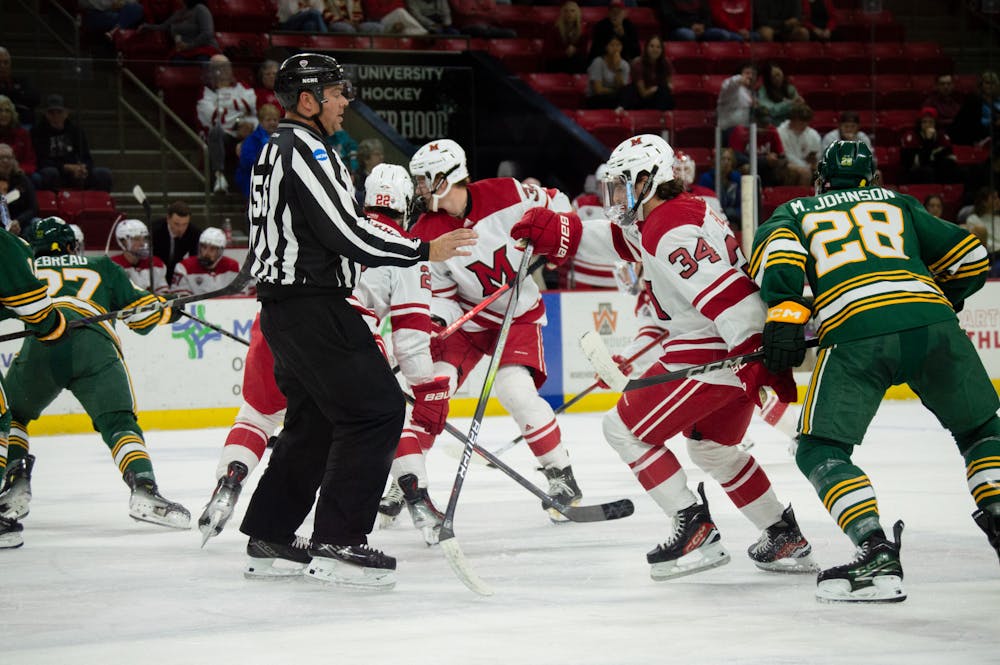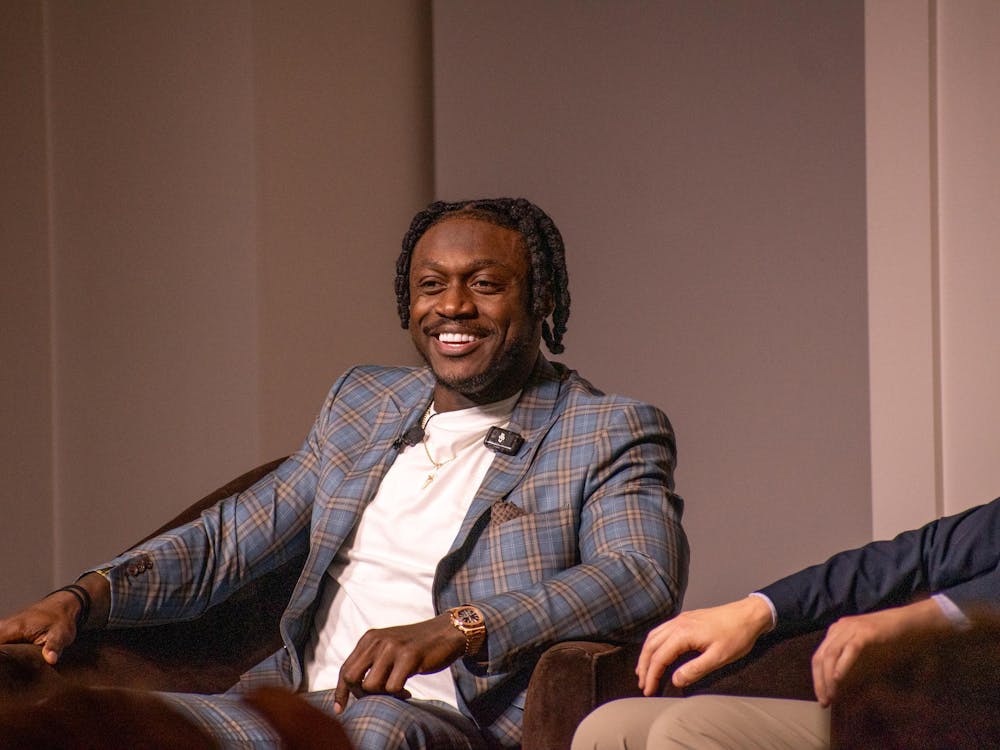On Nov. 7, the National Collegiate Athletic Association (NCAA) officially announced that starting next season, players in the Canadian Hockey League (CHL) will be eligible for Division I college hockey.
Prior to this rule change, CHL players were considered to have forfeited their amateur status and were deemed unable to play in the NCAA. Now, two months after one of the biggest changes in college hockey history, one thing is certain: The prospect pool has gotten much larger.
Over 1,000 players ranging from ages 16-20 play in the CHL every year. Each of these players will have the opportunity to play college hockey barring any signed professional contracts.
What sets the CHL apart from other junior leagues is the level of talent it attracts from all over the world. There is large viewership, marketing opportunities and constant attention from professional scouts. No other league has moved more players onto the NHL.
“It's pretty much everything you want; there’s not much talk about college and American [universities],” said Matt Choupani, Miami University forward and Quebec native. “It’s one of the goals of a young player growing up in Montreal and especially Canada.”
Choupani decided that the college experience was more important to him, committing to Northeastern University at 16-years-old and playing in the United States Hockey League (USHL) to maintain eligibility.
Most high-end players will no longer have to make that difficult decision.
“I know a good amount of kids back home who are younger and are really excited to have both options now,” Choupani said. “I think kids nowadays will definitely take the option and choose the CHL first and see how they like it, then flip around [to the NCAA].”
At the turn of the new year, Miami announced its first ever commit from the CHL, Kocha Delic. He is set to join the RedHawks next season, adding to an already massive 12-player recruiting class that serves as head coach Anthony Noreen’s attempt to revamp the program.
Outside of Delic, the class is made up entirely of current USHL players, which is typically a signal of an extremely strong recruiting class. In the past, the USHL was considered the premier developmental league for future college stars.
It is also where Noreen spent 12 years coaching prior to accepting the Miami job last spring.
“We have a ton of relationships there,” Noreen said. “It was certainly for us coming in and playing a bit of catchup. It was a level where we felt comfortable going in and being aggressive with the right guys right away to build a foundation for recruiting moving forward. When you work backward and look at the teams we are competing against, especially the best teams, it becomes pretty clear where they are getting their players. Their top guys are guys that have played in the USHL.”
Enjoy what you're reading?
Signup for our newsletter
With the rule change encouraging some players to leave the USHL for the CHL, there has been growing concerns over how well the league will maintain its prestige. However, Noreen maintains that the USHL will continue to be pivotal for Miami’s recruiting.
“We have all the respect in the world for that league,” Noreen said. “Having said that, now we are getting to know the CHL. We are getting to know those teams, those players. I look at it a lot like when the transfer portal came up a couple years ago. You could either get to know it and decide how you want to use it, or you’re probably going to get left behind.”
Assistant coach and recruiting director David Nies echoed the same sentiment.
“It’s 60 new teams and a new pool of players,” Nies said. “You can kind of dwindle it down because some of those players are going to sign and go to the NHL right away. But you need to know the entire pool.”
Nies has already spent a considerable amount of time on the road scouting the CHL this season. Team locations span from coast to coast across North America and are split into three groups: the Western Hockey League, the Ontario Hockey League and the Quebec Major Junior Hockey League.
Factoring in youth programs and the USHL, which Nies assured will continue to be the “lifeline” and “focal point” of Miami's recruiting, schools now face an even larger challenge in terms of travel and budget while scouting.
Nies said no league stands out from any other in terms of recruitable talent.
“I think the USHL is still going to be very good,” Nies said. “I look back at years past and some of the teams in the USHL, those teams would be highly competitive [in the CHL].”
As far as the distribution within the CHL, Nies cited a pretty even split in recent outcomes of the Memorial Cup, a tournament in which the best teams in the WHL, OHL and QMJHL compete to determine a champion. He also mentioned that some of his broad assumptions about each league have been proven wrong so far.
“We just have to get to know them all,” Nies said. “Ontario is not far from us, so we probably need to have a good footprint there. There’s a lot of good players in the WHL that we need to know about, and we need to know about the QMJHL too.”
An active transfer portal next year is all but guaranteed due to college teams being forced to cut their rosters down to 26 players. The RedHawks have never had so many novel opportunities to land new talent.
As far as what Noreen is looking for specifically, he stressed mental characteristics over any age or physical traits.
“We know that we are not going to cut corners on character, we are not going to cut corners on compete level,” Noreen said. “Those two things are going to be there. And for us, we don’t care if that means a kid is coming in as an 18-year-old true freshman or if that's a kid that played three or four years of junior. We are going to find the guys that play to our identity and fit what we are looking for as a human being.”
With the rule change and the massive new recruiting class, RedHawk faithful should be ready for an increase in the level of talent on the ice and a completely new roster next year.
“Spots at Division I hockey are going to be harder and harder to come by,” Noreen said. “High tide raises all ships. It’s going to make our level more competitive and higher end. Unfortunately, it’s going to leave a lot of guys just on that cusp of being able to play Division I college hockey.”




